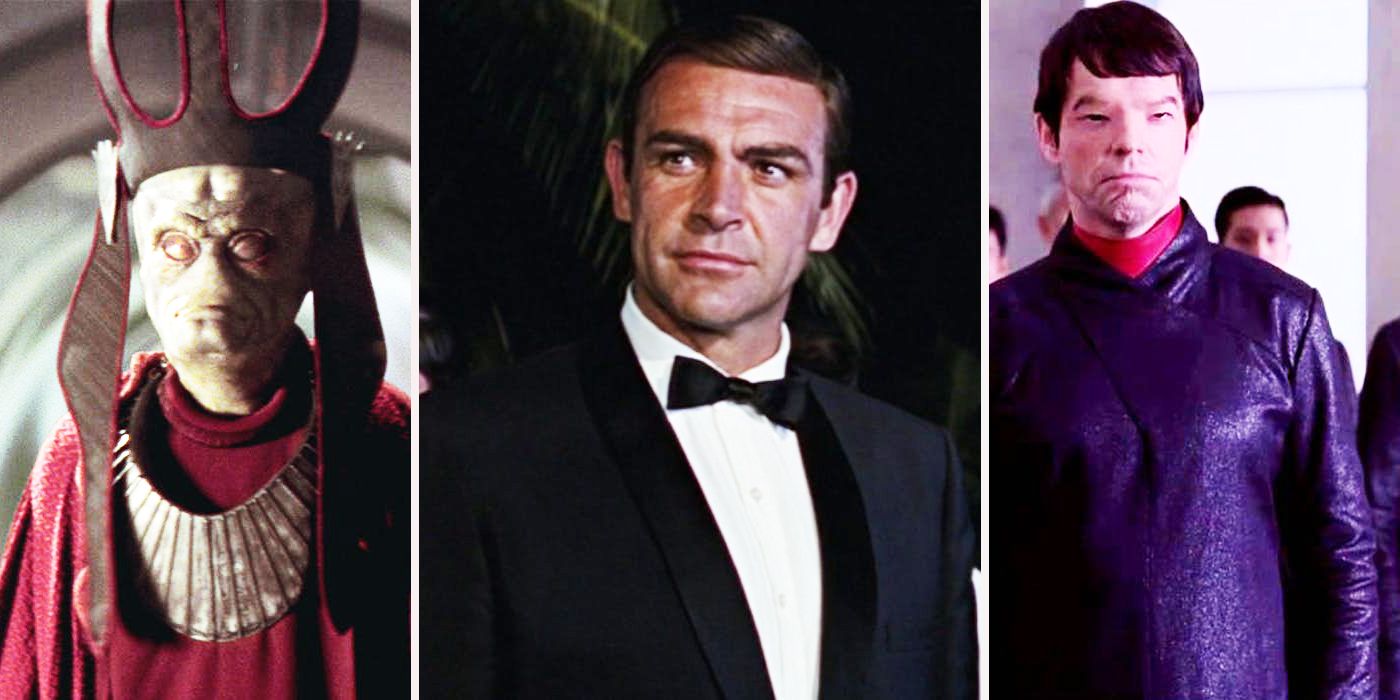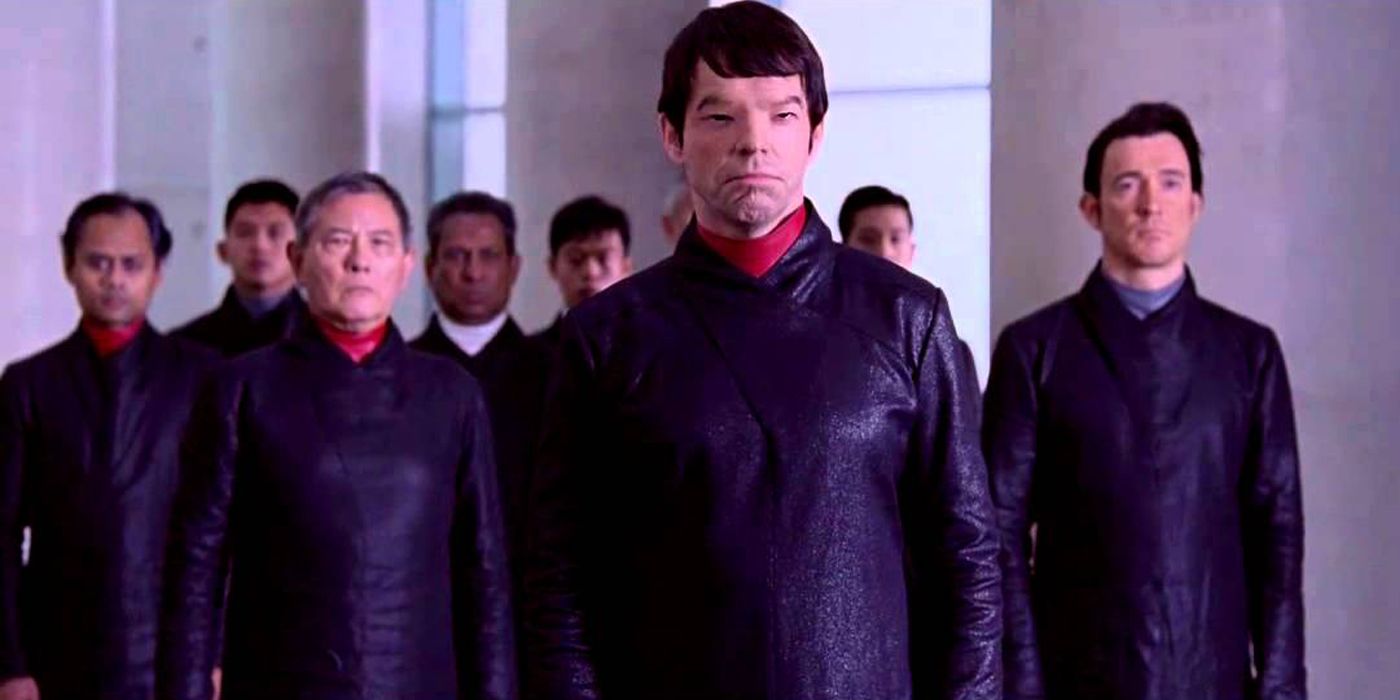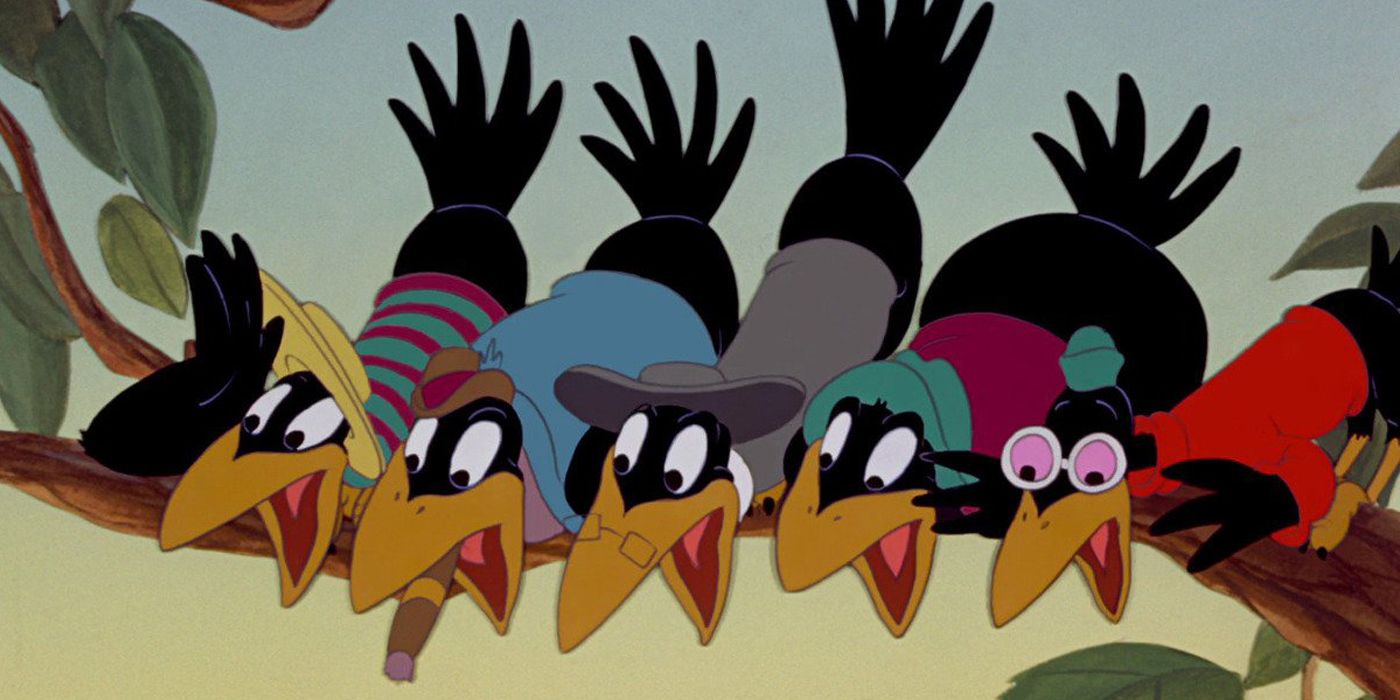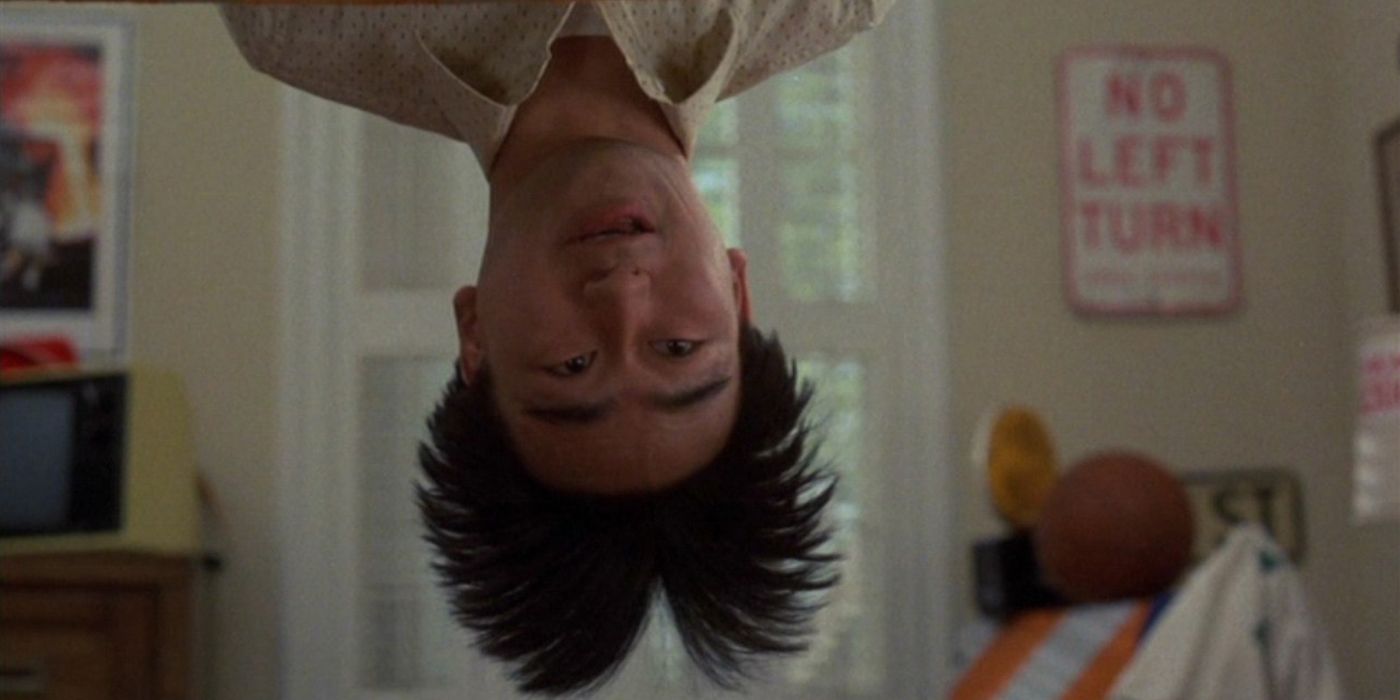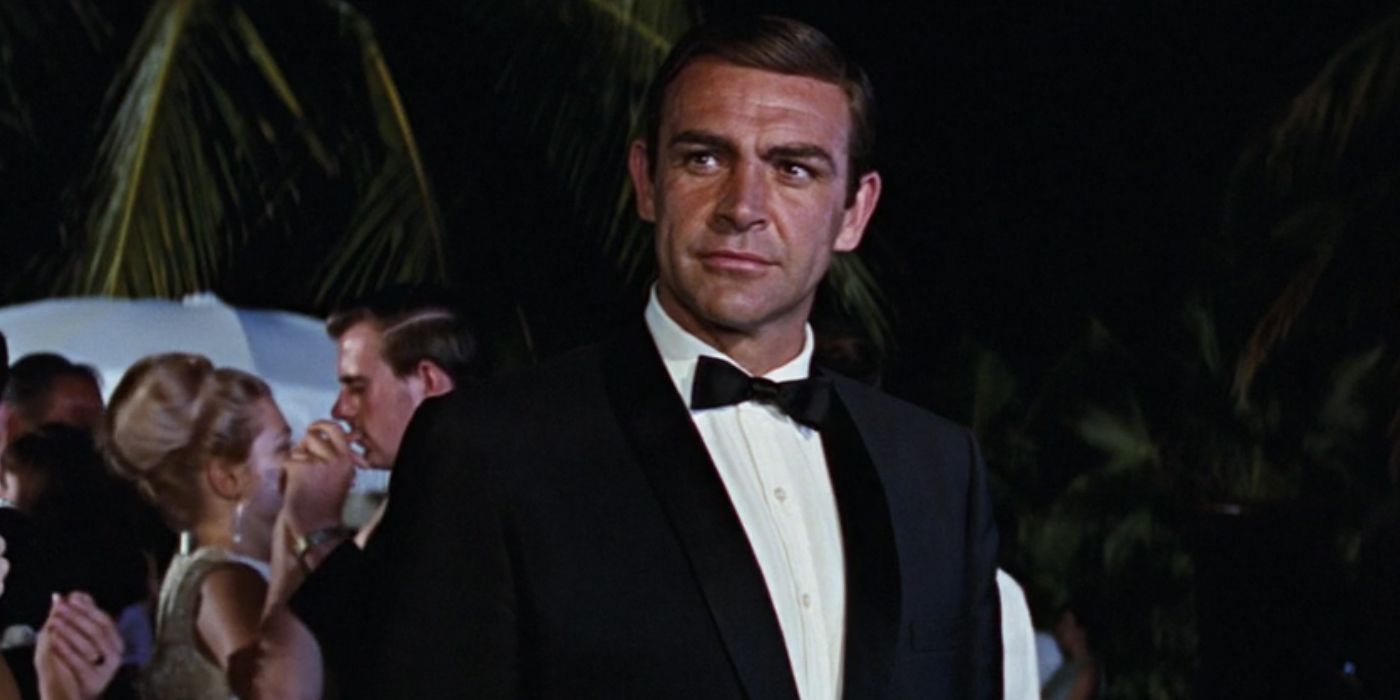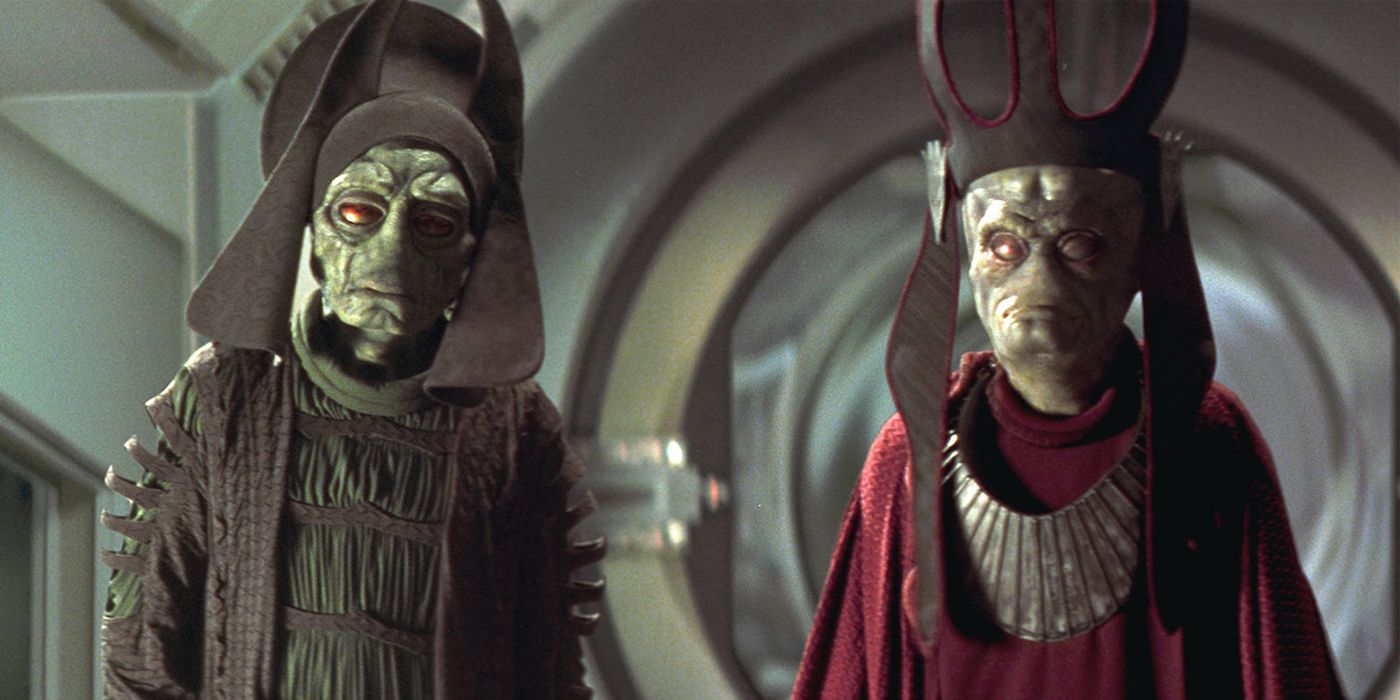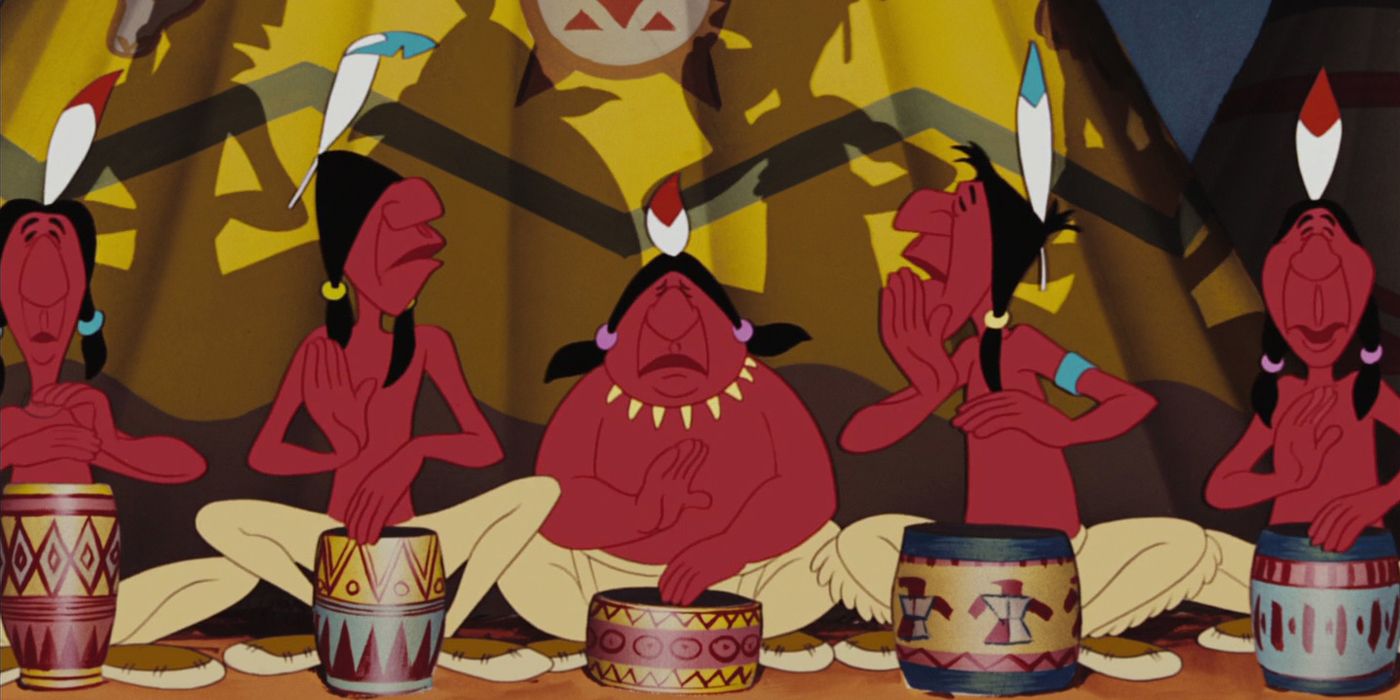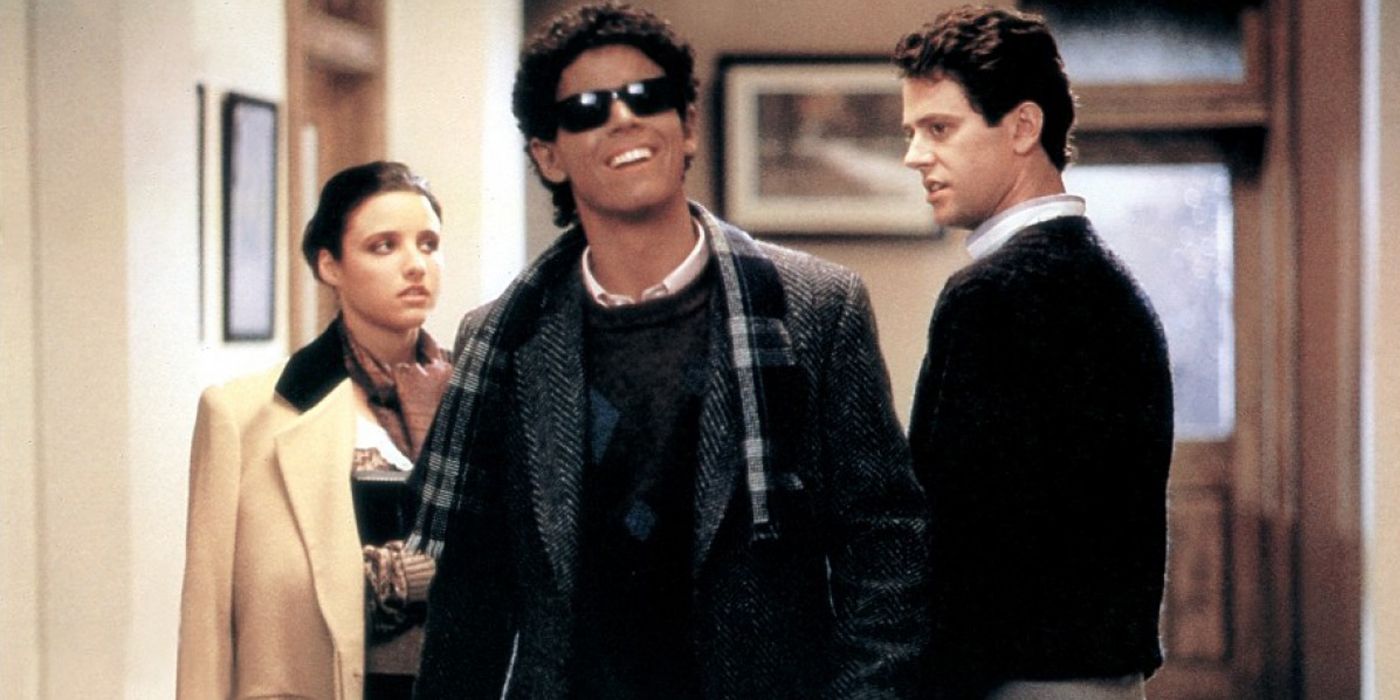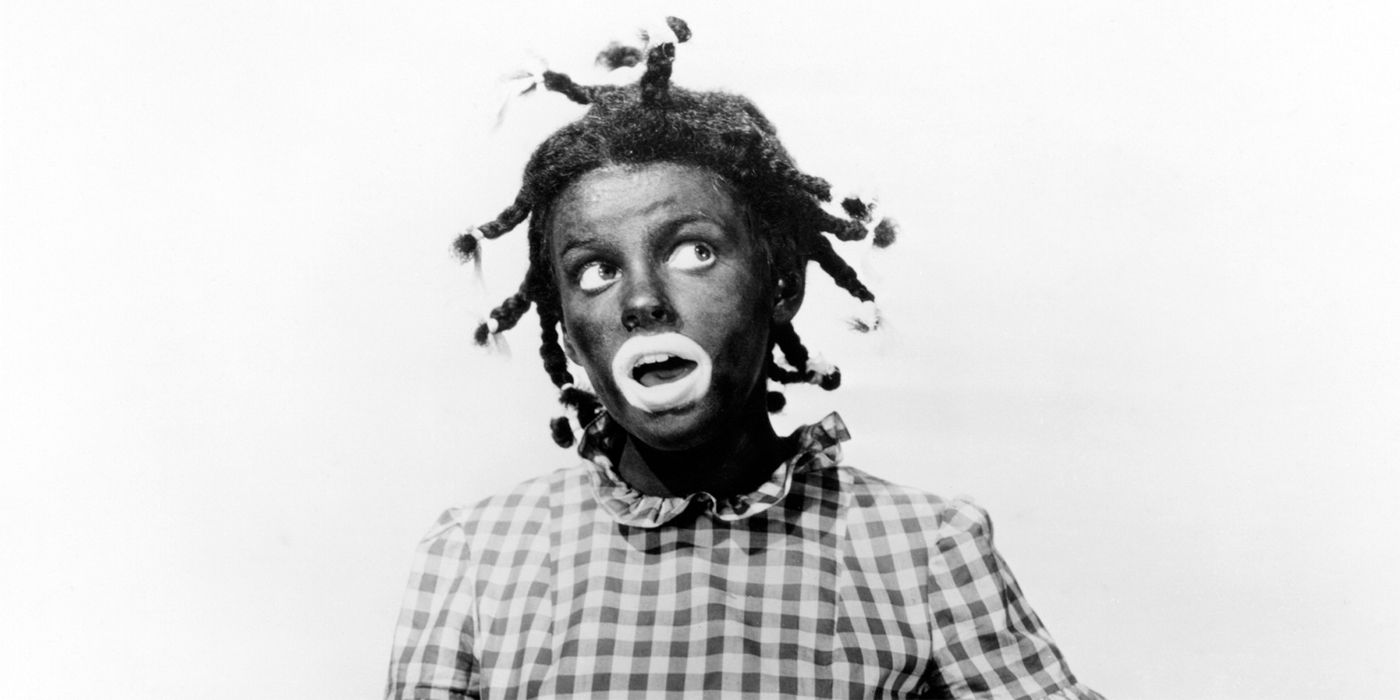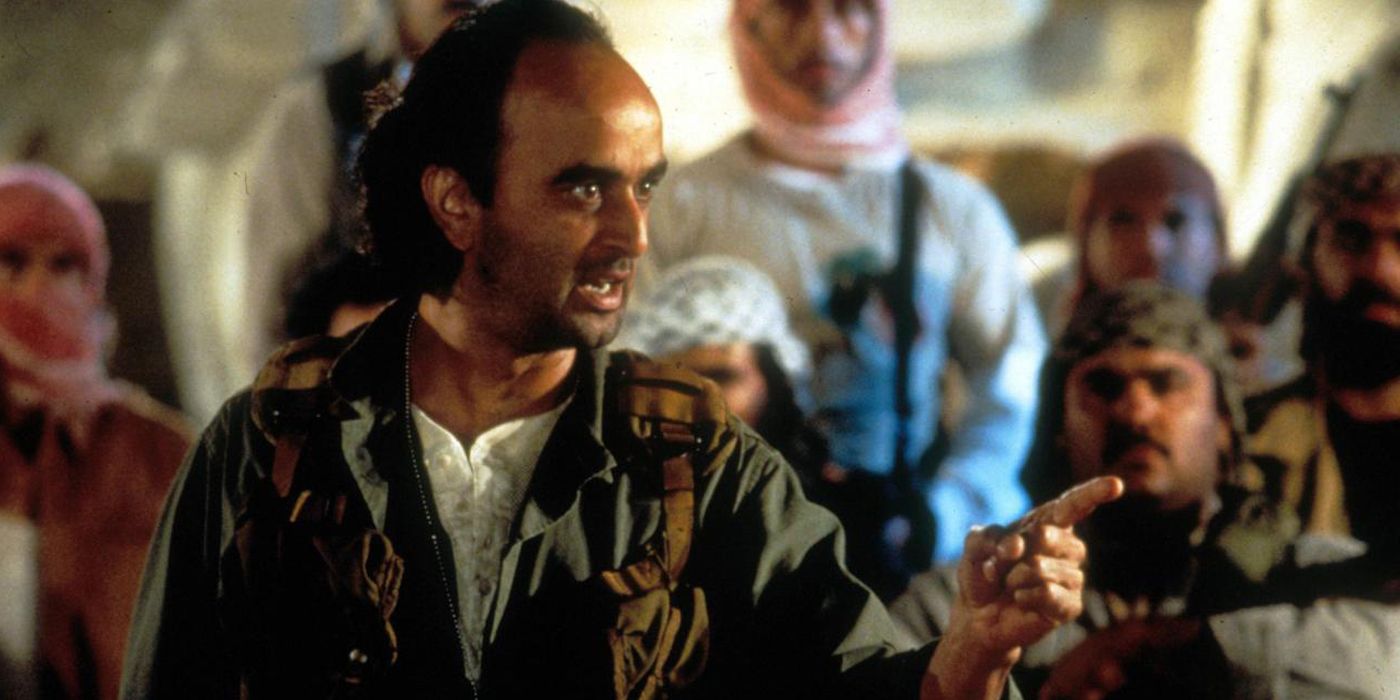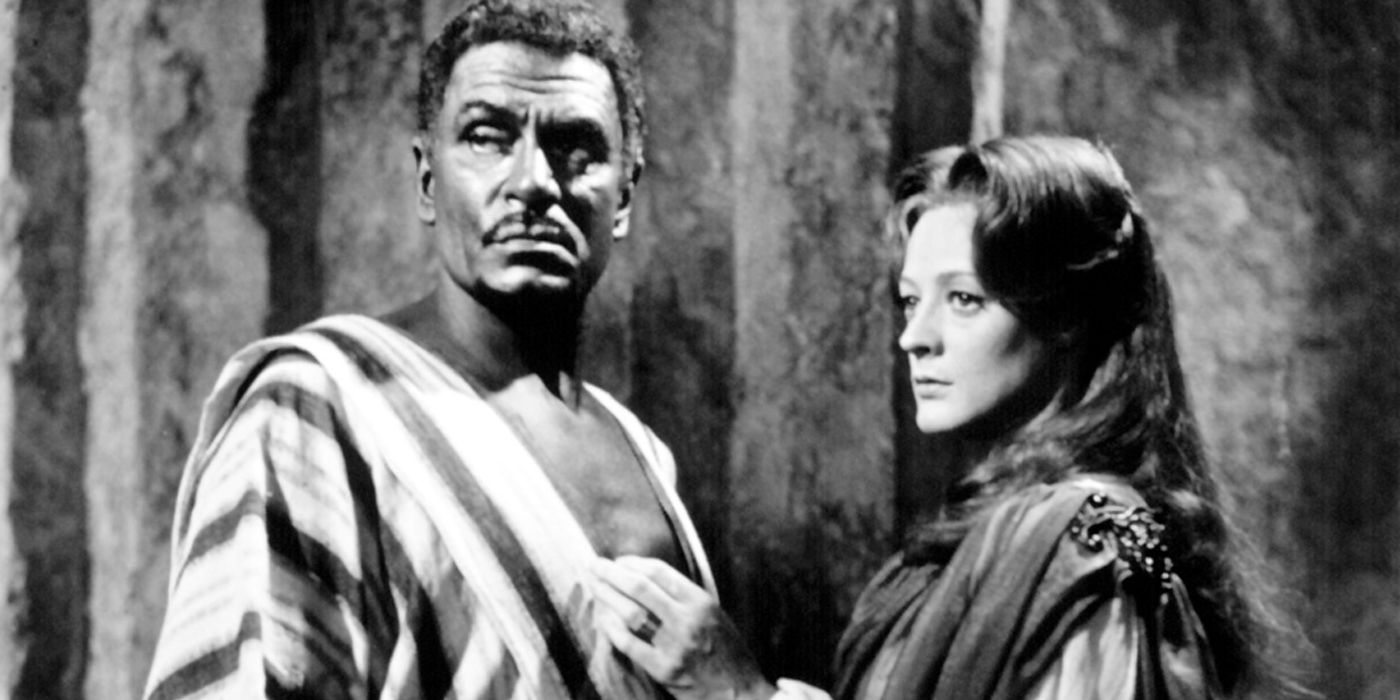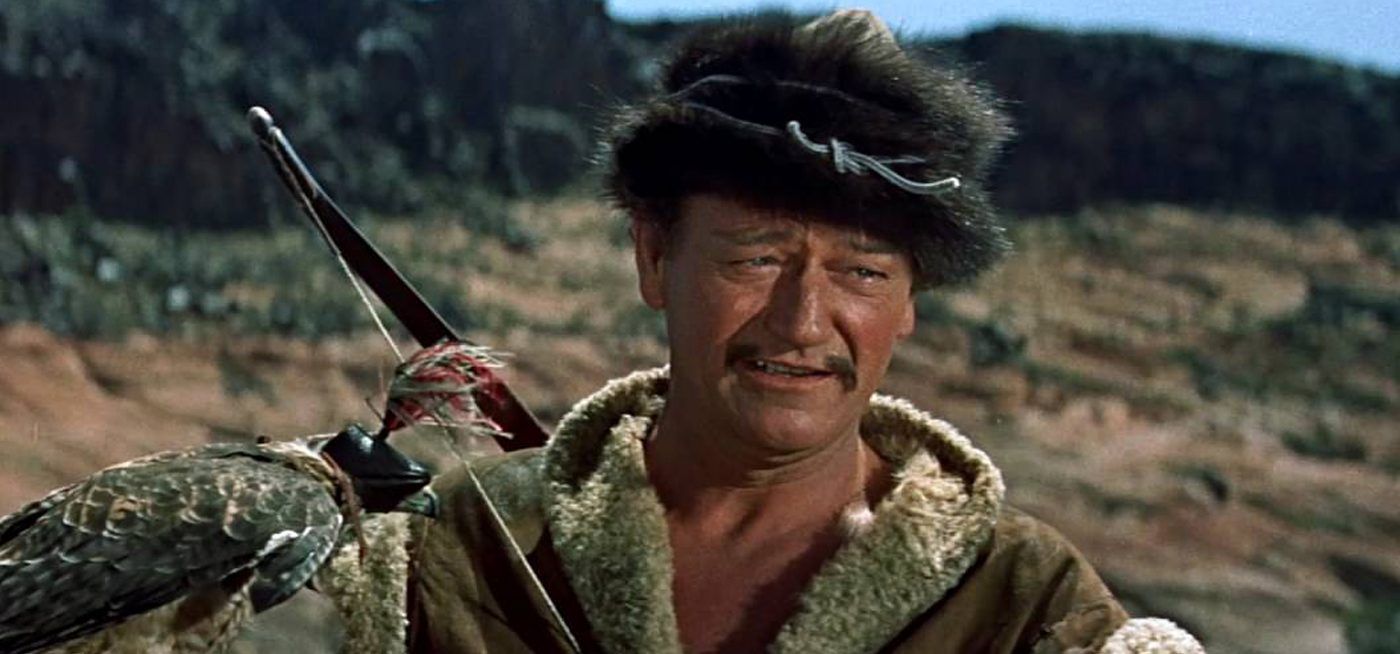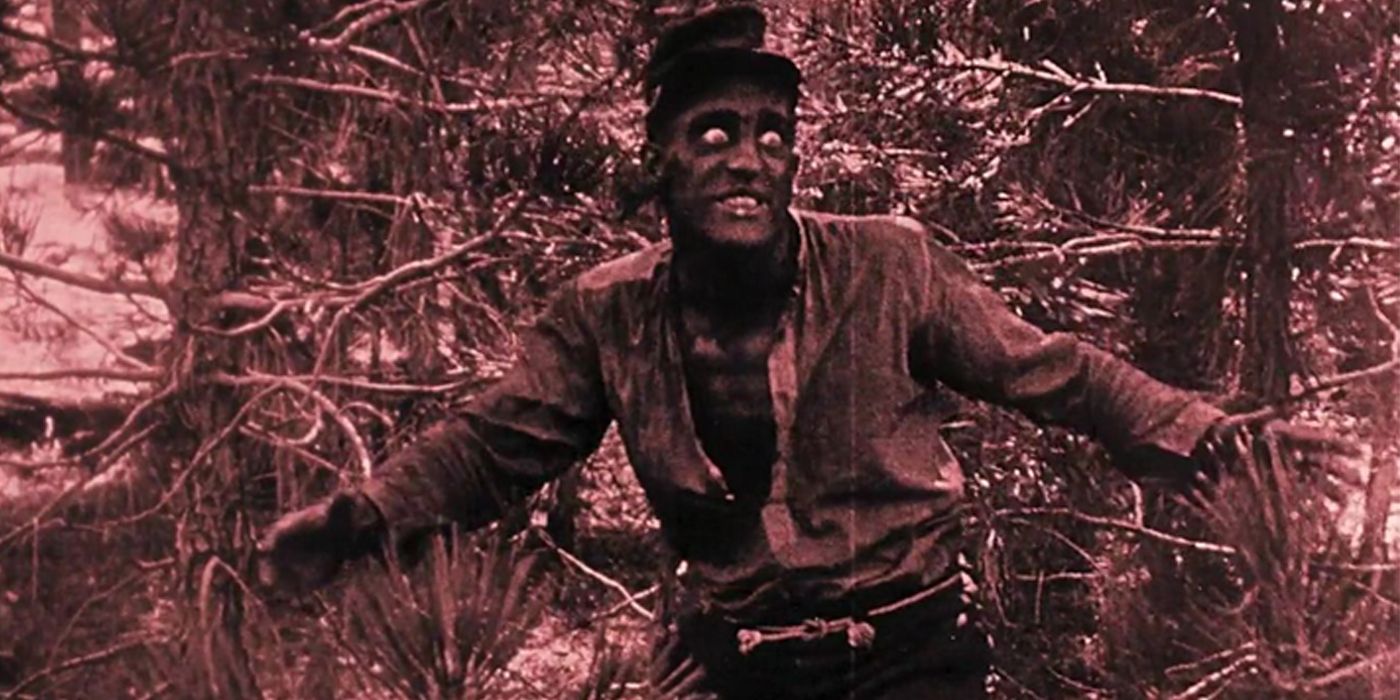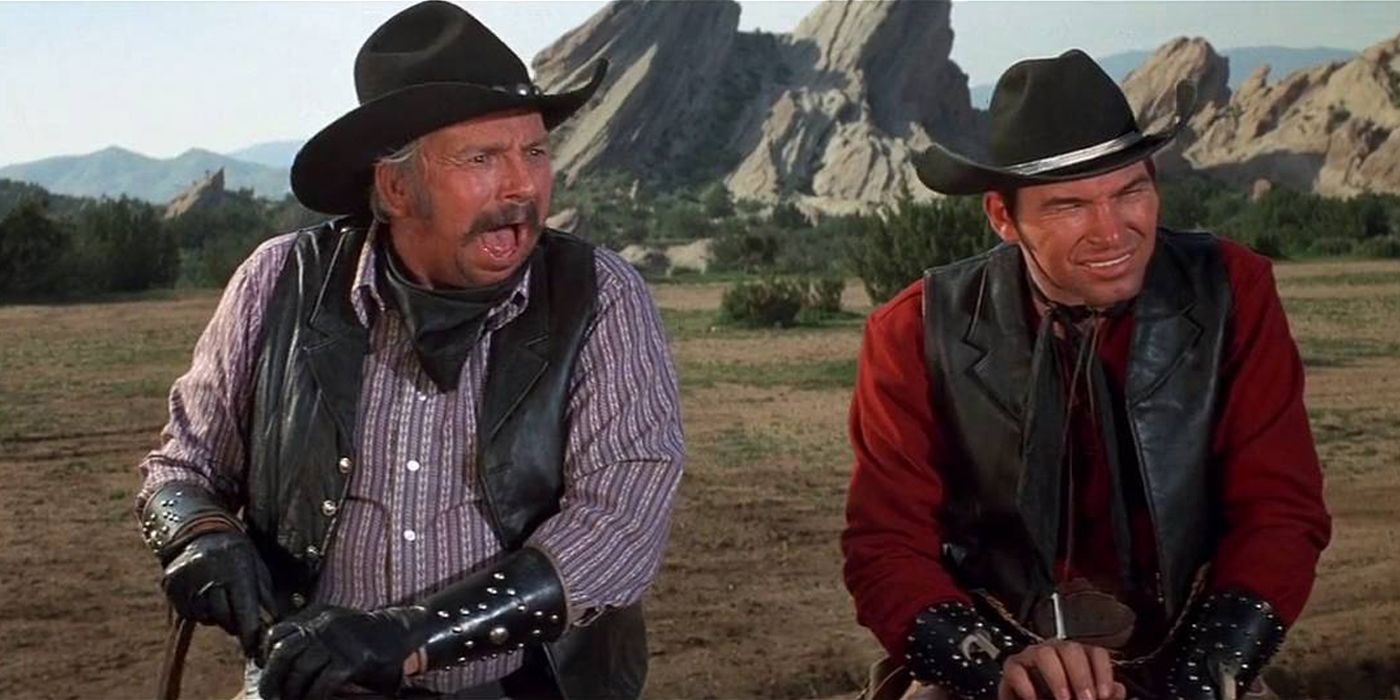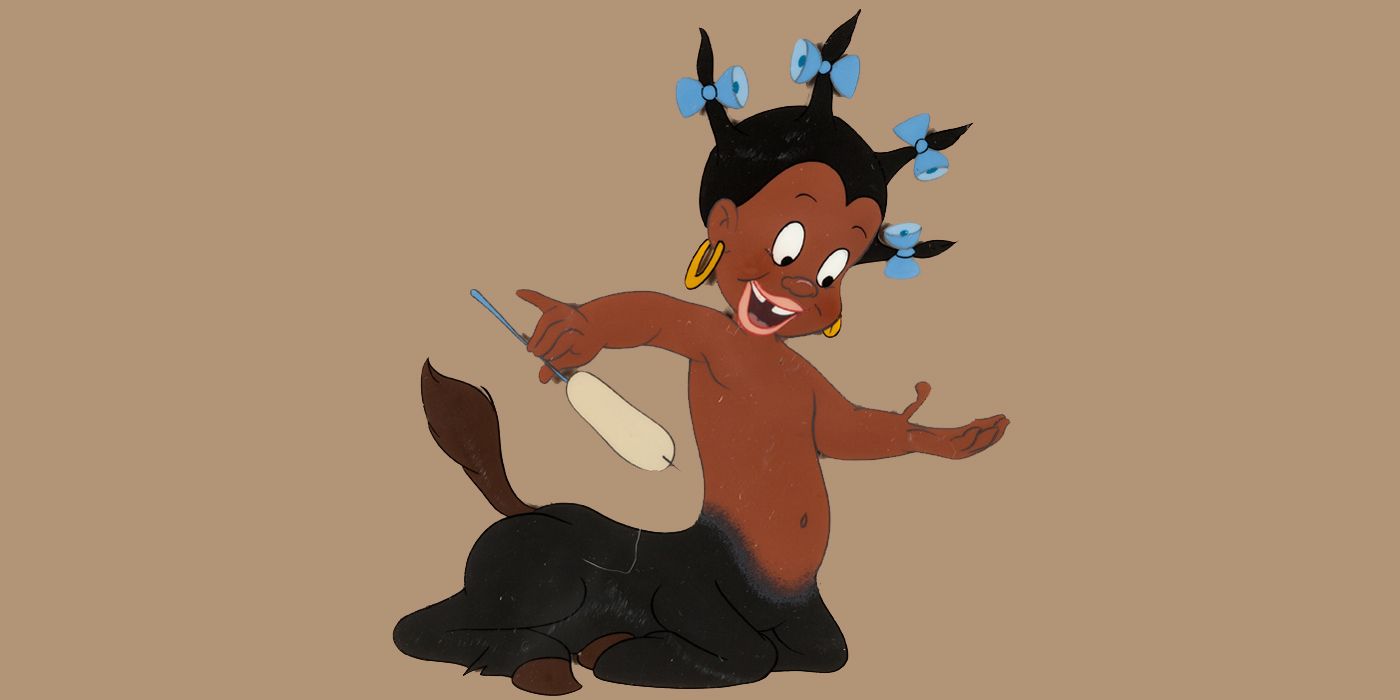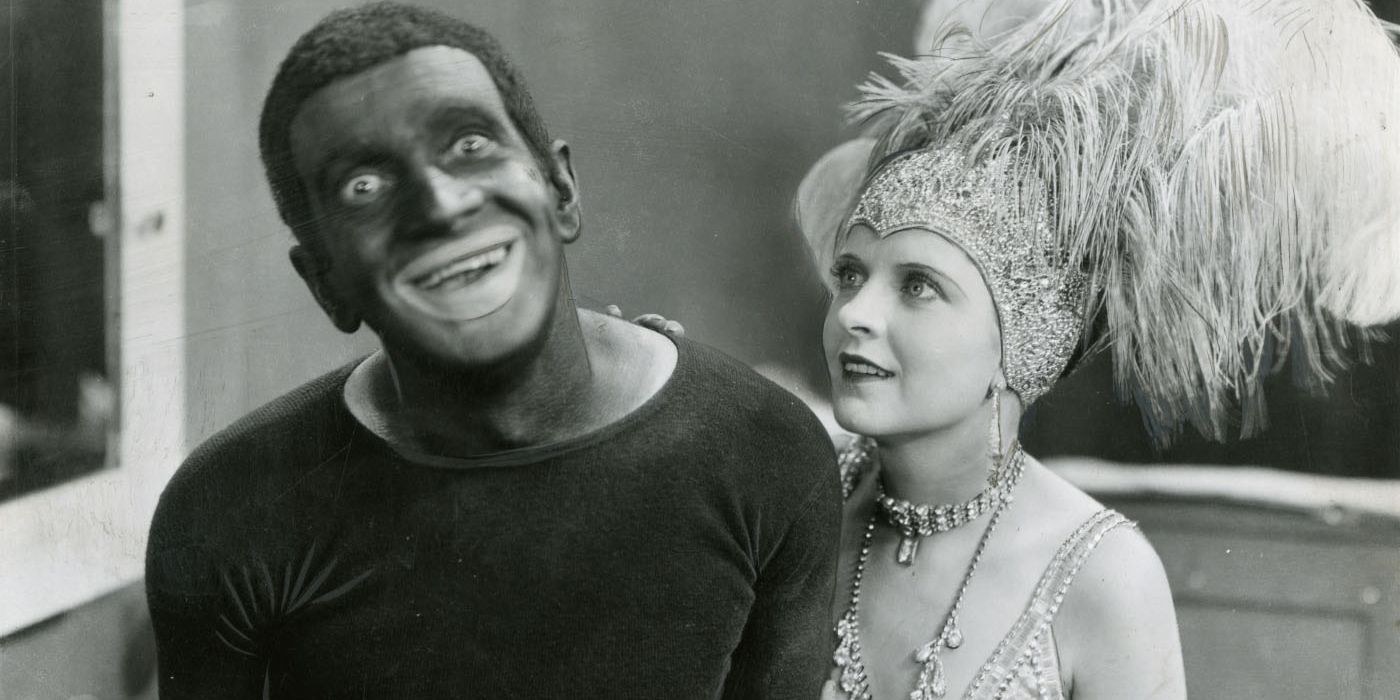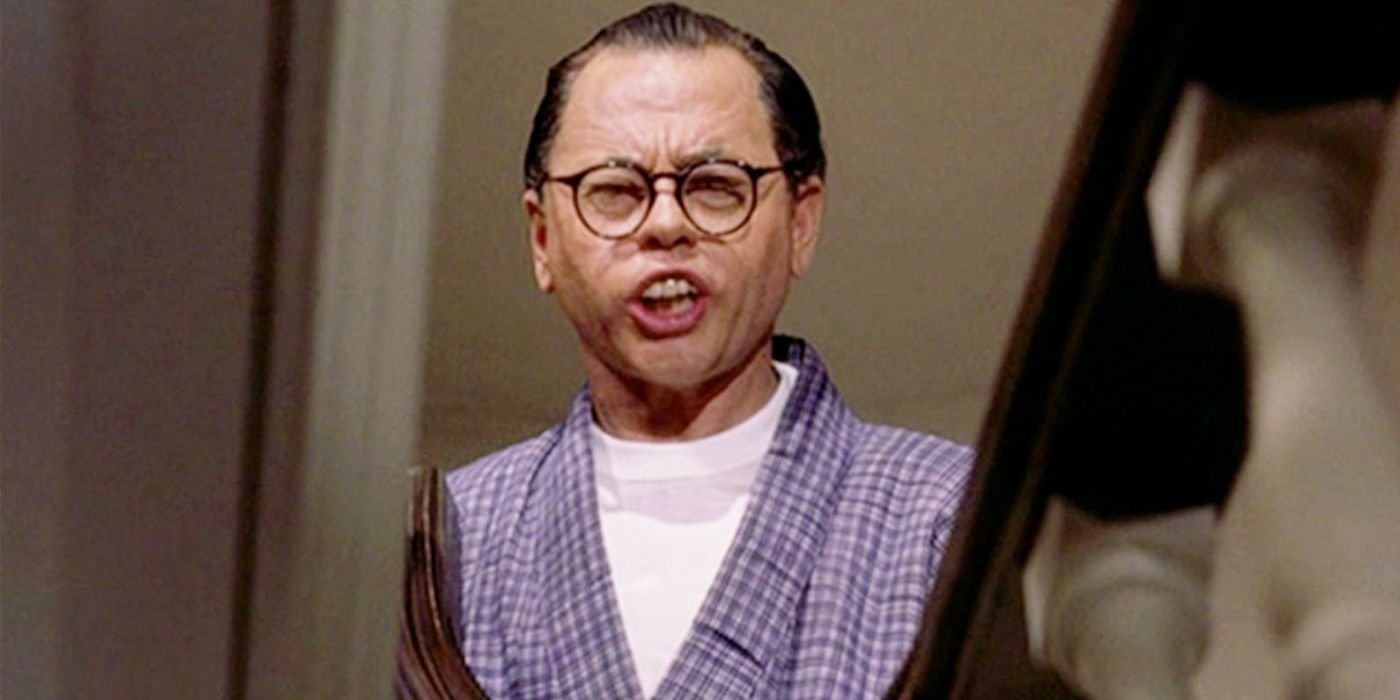Hollywood may be in one of the most liberal States in the Union, but that doesn't mean it doesn't skirt controversy and offend people from time to time. As such, there have been more than a few movies over the previous hundred+ years that have included depictions of characters who wouldn't be allowed in films today. We are talking about offensive representations of regular people that consist of racist and sexist stereotypes.
For some people who grew up watching these representations, they might not even consider them to be offensive, but we can assure you, everything on this list meets the challenge of offending one or more large groups of people.
Some of these are outright racist, some are thinly-veiled attempts at masking stereotypes, and a few are just downright not okay. Granted, none of them are appropriate for all audiences despite when they may have been released. While we could have done a list of nothing but blackface, we found a good representation of other forms of unacceptable racism from the past we just wouldn't tolerate today as well as some sexism and cultural stereotypes.
Here are 15 Controversial Characters That Would NEVER Be Allowed In Blockbusters Today.
HAE-JOO IM - CLOUD ATLAS (2012)
Hollywood has been taking a lot of flack in the past few years for a practice called "whitewashing." This term generally refers to the casting of white actors and actressess in roles intended for characters of a different race. In most cases, this doesn't result in the horrid practice of blackface or anything like it. Instead, they just throw a caucasian person in the role of an Asian person, but in the case of Cloud Atlas, they went all out with yellowface.
We get it, Hugo Weaving is an incredible actor. The guy can play pretty much anyone and he does it very well, but even so, don't cast him in a role intended for an Asian actor and then alter his appearance so he fits the role! That's exactly what they did and it happened as recently as 2012! Most viewers were not happy at this portrayal. He wasn't the only actor made up this way, either, and the film took a lot of flack over it.
THE CROWS - DUMBO (1941)
Early Disney cartoons may be American classics, but there were a lot of poor representations of people of color. Disney's Dumbo may have featured an anthropomorphized cast of animals over the background human characters, but that doesn't mean the portrayal of crows wasn't racist and just culturally wrong on so many levels.
While it isn't mentioned outright in any way, it's clear that the crows are characterizations of black stereotypes and they are nothing if they aren't offensive. The crows are depicted as poorly educated, constantly smoking, and wearing clothing and hats attributed to black culture.
Worst of all, the leader of the crows is literally named Jim Crow, and he refers to the others as his brothers. For those unfamiliar with history, Jim Crow was a pejorative term for black people in the late 19th century. There is just no way these characters would fly in today's blockbusters.
LONG DUK DONG - SIXTEEN CANDLES (1984)
Long Duk Dong, portrayed by Gedde Watanabe in Sixteen Candles is considered to be a cringe-worthy representation of a stereotype and it goes beyond his obviously ridiculous name. At times, he is greeted on screen with the background sound of a gong and has some unbelievably offensive lines.
The stereotype extended off the screen and into the lives of Asian-American men, particularly those who grew up in the latter half of the 1980s. Men would often be referred to as Dongers in reference to the character and because of the way he is depicted, many Asian-American men seen as emasculated. Long Duk Dong an insensitive and offensive depiction of an Asian man who would not be accepted in today's society of film (He really wasn't accepted in the 1980s either when you get down to it).
JAMES BOND - THUNDERBALL (1965)
Who are we kidding? James Bond? Obviously he's a character allowed in blockbusters - they are working on the next James Bond film for release in 2019 - but if you know anything about the character, the modern interpretation is very dissimilar from the one portrayedby Sean Connery in Dr. No and Thunderball.
We chose the version of 007 from Thunderball specifically for a scene where our hero begins dancing with an enemy agent because that's what you do when confronted by an enemy of the opposite sex. When a would-be assassin's bullet is slammed into the quickly rotated dance-partner, Bond just sways the corpse around for a little while to keep up the dancing ruse. He then leaves her with a lovely couple to keep an eye on her while she is resting.
Classic Bond was a sexist misogynist who treated women like props, which we can thankfully see toned down in his modern incarnation.
THE NEIMODIANS - STAR WARS EPISODE I: THE PHANTOM MENACE
If there's one thing every character has on this list in common, it's that they are human... or at least from Earth. There are a lot of issues people have with George Lucas' return to the Star Wars universe with Star Wars Episode 1: The Phantom Menace and we aren't talking about Jar Jar Binks today. Though he wouldn't be a bad entry here as well...
The Neimodians are the principal antagonist of Phantom Menace and are the leaders of the Trade Federation who illegally blockaded the planet Naboo.
Their representation is the problem because even though they aren't human, they still come off as racial stereotypes of Asian people. Their accent has them confusing the sounds for the letters "l" and "r, their planet names sound similar to Japanese words, and their dress makes them look like amalgamations of Chinese Emperors and Japanese Geishas.
"INDIANS" - DISNEY'S PETER PAN (1953)
It's bad enough history has branded the Native American population of North America as "Indians" due to Christopher Columbus' navigational skills, but their representation in film has been offensive to boot.
The natives portrayed in Disney's Peter Pan are red-skinned and adhere to a number of stereotypes associated with the culture. The Chief is constantly crossing his arms and saying things like "How!" They don't shy away from smoking a peace pipe, are ready to scalp their enemies, put their ears to the ground, and are generally the most racist and stereotypical depiction of Native Americans you can find in a Disney film.
They even refer to themselves as the Red Man and sings the song "What Made the Red Man Red" accompanied by the lovely phrase, "Ugga-wugga-wigwam."
If all of that wasn't enough, they constantly throw around terms like "Injuns" and "Savages", which are insensitive and just plain wrong.
MARK WATSON - SOUL MAN (1986)
As if donning blackface so a person can pretend to be another race isn't enough of an insult, the character Mark Watson in Soul Man ended up taking drugs and adopting some stereotypical mannerisms so he could pass as black. He didn't do this because someone dared him but rather because he wanted to qualify for a scholarship that was only available to African-Americans.
It's bad enough that the scholarship has to exist in the first place so that a disenfranchised minority group can go to college, but then this white guy comes along and pretends to be black so he can steal it? The very concept of this film is incredibly offensive to nearly everyone who saw in in the '80s and anyone who stumbles upon it now.
The tagline "Guess Who's Coming to College" is a callback to the classic Sidney Poitier film Guess Who's Coming to Dinner, which itself is an insult. The film was widely panned when it came out, protested across the nation, and boycotted by groups like the NAACP.
JUDY BELLAIRE - EVERYBODY SING (1938)
The very same year we got to see the lovely and talented Ms. Judy Garland sing about somewhere over the rainbow, she was also lathered in blackface in the film Everybody Sing. Yes, that woman pictured above is the same who played Dorothy Gale in The Wizard of Oz, which is difficult for many people to accept. Garland played Judy Bellaire in the 1938 film, which didn't do nearly as well as her other work that year.
In the film, Bellaire is a young girl who has trouble fitting into school because of her love of jazz. She was even kicked out for introducing jazz into her music class so she did what anyone would do: she goes blackface in a horribly racist manner so she can perform in a Jazz music show. The reasons she wouldn't be allowed in today's cinema should be evident by the picture alone so we won't go into it too much here.
SALIM ABU AZIZ - TRUE LIES (1994)
Radical Islamic Terrorism is nothing to laugh at. Now. Frankly, it really wasn't much of a comedic point in 1994 when True Lies came out, but this was prior to the events of September 11th, 2001. Granted, there were acts of terrorism prior to that day, but nothing to the same scale. When Hollywood depicted the bad guy in this film, he was a bumbling fool who was made out to be more comic relief than a serious threat.
Since 9/11, depictions of terrorists like Salim Abu Aziz are no longer the source of humor. In nearly all cases, they are cunning and frightening people capable of great evil, which is reminiscent of the men who carried out the terrorist attacks in New York, Washington, and Pennsylvania.
Perhaps a day will come sometime in the future where terrorists are once again portrayed in this manner, but the bad guy from True Lies wouldn't fly in today's cinema.
OTHELLO - OTHELLO (1965)
We aren't saying a modern depiction of the character Othello wouldn't fly today, but you might be hard-pressed to find a white actor willing to play him. If you aren't familiar with Shakespeare's play, Othello is a tragedy revolving around the life of a Moorish general in the Venetian army and his unfaithful ensign, Iago. If you know anything about the Moors, you know that they aren't as light-skinned as the very talented Mr. Laurence Olivier, who was cast to play the character in 1965.
Olivier played Othello in a stage play that was followed by a film that still holds the record for the most Academy Awards nominations for a Shakespeare film for acting. Other white actors have played the character, but in modern times, the role is reversed so the actor doesn't end up having to paint his body to portray another race... you know... blackface.
GENGHIS KAHN - THE CONQUEROR (1956)
Talk to just about anyone who has ever heard of an American cowboy and they will tell you the tale of John Wayne. Everyone knows who Wayne was-- even those who never sat down and watched one of his films. You wouldn't think he would ever play a role that couldn't transcend the years and pop into a film today, but then, you probably never saw him play Genghis Kahn in The Conqueror.
You read that correctly: John Wayne was cast to play Genghis Kahn and a more distressing instance of whitewashing cannot be found to compare. We are talking about the leader of the Mongolian Horde being played by a white actor. Yeah, he was awesome, but this was just wrong.
The film did terribly and many believe it was cursed from the beginning. Presently, it holds a 3.4/10 on IMdb and Rotten Tomatoes is far less kind with a rating of only 10%.
GUS - THE BIRTH OF A NATION (1915)
Here are a couple of interesting facts about The Birth of a Nation: it was the first film to be shown at the White House and it was one of the most commercially successful films made at the time of its release. It's also one of the most racist depictions of African-Americans ever to be put to film. Blackface aside, this movie is just wrong and none of it would fly today, but for this list, we have decided to focus on the character Gus.
Gus was a freedman and a soldier who is depicted as a predator against white women. Much of the film centers around the events following Gus' desire to marry a white woman named Flora whom he stalks... menacingly. He chases her into a forest where she leaps to her death to escape him. He is seen as that much of a monster. He carries her body out of the forest and is then pursued by the Klan (The KKK, or heroes of the film), who capture and lynch him.
TAGGART - BLAZING SADDLES (1974)
To be fair, Blazing Saddles may come off as the most racist film ever made, but the entire purpose of the movie is to poke fun at racism. It does this by taking racism to the absolute extreme-- making people seem more racist than is actually possible and then just running with it. That said, the movie is incredibly offensive if you don't watch it knowing the purpose... and even if you do so if you haven't watched it, be warned. On the other hand, it's a great comedy but probably wouldn't work in the 21st century.
One of the worst offenders of the film was Slim Pickens' character Taggart. His desire to lynch anyone of color and do whatever he can to go "Aa-ridin' into town, a-whompin' and a-whumpin' every livin' thing that moves within an inch of its life. Except the women folks, of course." When asked if he spares the women, he expresses his intent to rape them instead.
SUNFLOWER THE CENTAUR - FANTASIA (1940)
A picture is worth a thousand words as they say so take a moment and glance above at the lovely drawing of Sunflower the Centaur from Disney's Fantasia. Yeah, that's a very racist depiction of a black person and there really is no excuse for it. This may have been somewhat acceptable back in 1940, but these days, this kind of affront to humanity wouldn't make it in a blockbuster on the big screen.
Centaur was only a minor protagonist from "The Pastoral Symphony" section of the film, but he was eventually removed from all Disney releases since 1969. It's plain that the character is unacceptable when Disney is too ashamed to keep him in the movie less than 30 years after its release. You won't find him in your copy of Fantasia on DVD, VHS, or even Beta.
If you want to see this character, you might have to snag an original film reel, but really, why would you want to?
JACK ROBIN - THE JAZZ SINGER (1927)
The Jazz Singer is an American classic film that holds the distinction of being the first feature-length motion picture with synchronized music, lip-synchronized singing, and speech. This was a big deal back in 1927, but Al Jolson's disturbing blackface would spoil all that today.
The film marked the decline of the silent film era, but, as you can see from the rest of the list, not the decline of blackface - as that would remain common for decades.
Jolson plays Jakie Rabinowitz, a Jewish man who runs away from home and changes his name to Jack Robin, a talented jazz singer. He defied his origins and embraced the culture of jazz, which estranged him from his parents, but the most cringe-worthy... and beloved part of the film is when he dons blackface and performs the song "My Mammy" in front of a packed theater.
Jolson was famous for singing the song and it did wonders for his career, but very little of this film would be considered acceptable today.
Mr. YUNIOSHI - BREAKFAST AT TIFFANY'S
Of all the characters discussed on this list, I. Y. Yunioshi may be the most well-known. Blake Edwards hit film, Breakfast at Tiffany's is one of American cinema's classics, having won numerous Academy Awards and was also chosen for preservation in the National Film Registry.
That doesn't excuse the casting of Mickey Rooney to play I. Y. Yunioshi. Sure, they could have cast an Asian man to play the character - and it would still be an offensively written role - but they decided to put Mickey Rooney on screen as the "bucktoothed, myopic Japanese" man who "hilariously" shouts at the lovely, white Audrey Hepburn.
This was little more than a racist portrayal of a Japanese man who would be absolutely unacceptable in today's cinema. The character fostered boycotts and protests of the film, but that didn't stop it from becoming the classic it is today.
---
What do you think of these characters who wouldn't be allowed in blockbusters today? Do you think any would slip by and make it to the screen? Sound off in the comments and let us know!

